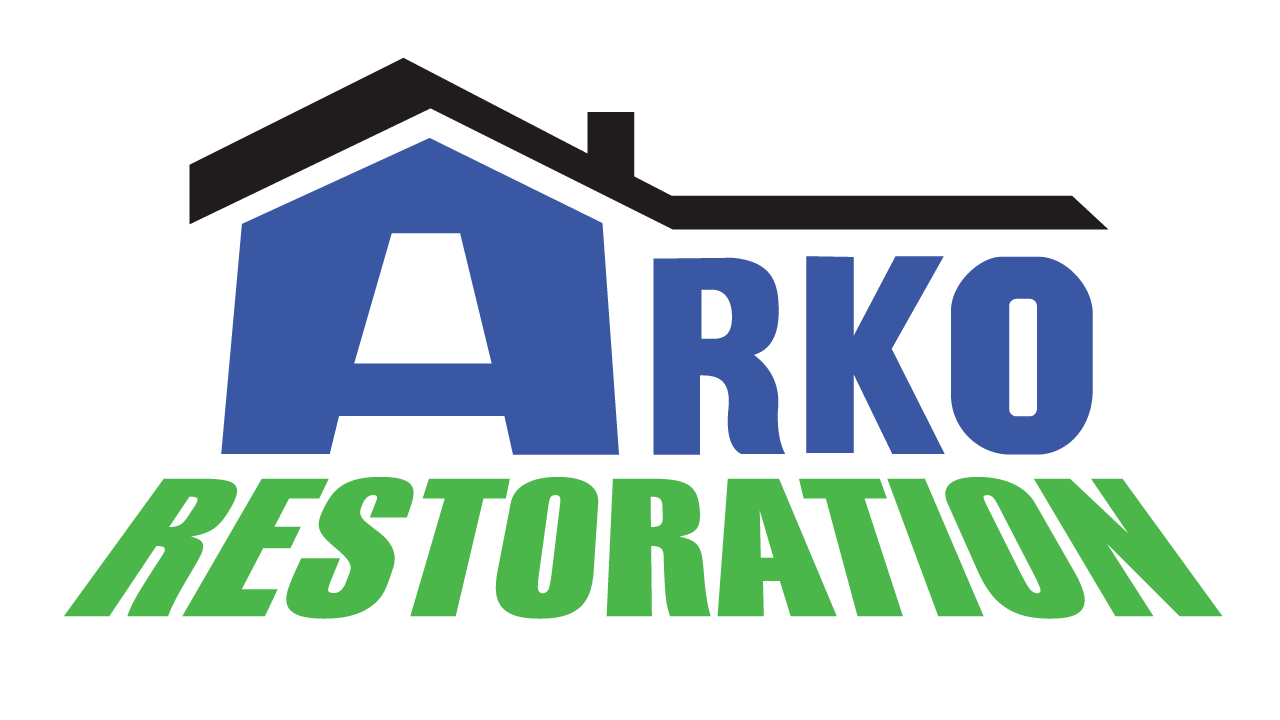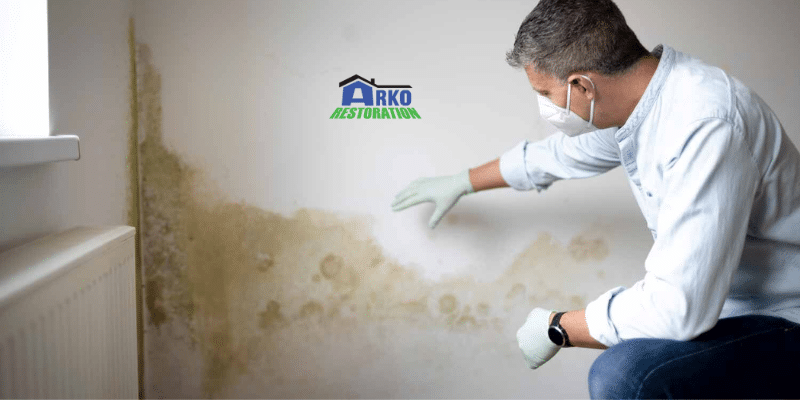Water, a source of vitality and renewal, can also become an unexpected intruder, wreaking havoc within the sanctuary of our homes. Whether it arrives unbidden through a burst pipe, seeps through a neglected roof, or surges in with the force of a storm, water damage has a knack for transforming the familiar comforts of home into a homeowner’s worst nightmare. Yet, while the visible signs of water damage are readily apparent, the subtler dangers lurking beneath the surface can pose an even greater threat if left unaddressed. In this exploration, we embark on a journey to uncover the concealed hazards of delaying water damage restoration and illuminate the vital importance of swift, decisive action in safeguarding not only the structure of your home but also the well-being of those within its walls.
1. Structural Integrity at Risk:
Water, though seemingly innocuous, can wreak havoc on the structural integrity of your home if left unchecked. From weakened foundations to compromised walls and floors, prolonged exposure to water can lead to irreversible damage. Wood can warp and rot, drywall can crumble, and concrete can deteriorate, significantly reducing the stability and safety of your home. Swift restoration is essential to mitigate these risks and preserve the structural integrity of your property.
2. Mold and Mildew Proliferation:
One of the most insidious consequences of water damage is the rapid growth of mold and mildew. Within as little as 24 to 48 hours, moisture-soaked areas become breeding grounds for these harmful microorganisms, which can spread throughout your home unseen. Not only can mold and mildew cause unsightly stains and odors, but they can also pose serious health risks, triggering allergies, asthma, and respiratory issues. Prompt water damage restoration is crucial to prevent mold infestation and protect the health of your family.
3. Electrical Hazards:
Water and electricity are a dangerous combination. When water infiltrates electrical systems and appliances, it can lead to short circuits, power outages, and even electrical fires. Exposed wiring, waterlogged outlets, and damaged appliances pose significant safety risks to homeowners and their families. Immediate action is essential to mitigate these hazards, including shutting off electricity to affected areas and having a professional assess and repair any electrical damage.
4. Contamination and Bacterial Growth:
Floodwaters and sewage backups can introduce harmful contaminants and bacteria into your home. These pathogens pose serious health risks, ranging from gastrointestinal illnesses to skin infections and respiratory ailments. Without prompt water damage restoration and thorough cleaning and disinfection, your home may remain a breeding ground for harmful bacteria, putting you and your loved ones at risk of illness and infection.
5. Compromised Indoor Air Quality:
Water damage can significantly impact indoor air quality, leading to the accumulation of airborne pollutants, allergens, and mold spores. Poor indoor air quality can exacerbate respiratory conditions, trigger allergies, and contribute to a range of health problems. Timely restoration efforts, including proper drying, ventilation, and air filtration, are essential to restore and maintain healthy indoor air quality and ensure the well-being of your household.
6. Damage to Personal Belongings:
Water damage doesn’t just affect the structure of your home; it can also wreak havoc on your personal belongings. Furniture, electronics, clothing, photographs, and sentimental items can all be irreparably damaged by water infiltration. From warping wood to causing rust and corrosion on metal objects, water can quickly destroy cherished possessions. Swift restoration efforts, including salvaging and drying items where possible, can help minimize the loss of irreplaceable belongings.
7. Escalating Repair Costs:
Delaying water damage restoration can lead to exponentially higher repair costs down the line. What may start as a minor leak or isolated flooding can escalate into a full-blown structural repair or mold remediation project if left unaddressed. As water continues to seep into building materials and spread throughout your home, the extent of the damage—and the associated repair costs—can quickly spiral out of control. By tackling water damage promptly, you can prevent further deterioration and avoid unnecessary expenses.
8. Insurance Complications:
Failing to address water damage in a timely manner can also complicate the insurance claims process. Insurance companies typically expect homeowners to take reasonable steps to mitigate damage and prevent further loss. If you delay restoration efforts, your insurer may view this as negligence, potentially jeopardizing your coverage or leading to disputes over claim settlements. By promptly addressing water damage and documenting restoration efforts, you can streamline the insurance claims process and maximize your chances of receiving fair compensation for your losses.
9. Long-Term Health Impacts:
The consequences of water damage can extend far beyond the immediate aftermath, with potential long-term health impacts for occupants of affected homes. Exposure to mold, bacteria, and other contaminants can lead to chronic health conditions, including respiratory infections, allergic reactions, and immune system disorders. Children, the elderly, and individuals with pre-existing health conditions may be particularly vulnerable. By prioritizing prompt water damage restoration, you can minimize the risk of long-term health complications for you and your family.
10. Psychological Stress:
Water damage can also take a toll on your mental and emotional well-being. Dealing with the aftermath of a water-related disaster can be incredibly stressful, causing feelings of anxiety, frustration, and helplessness. The disruption to your daily life, uncertainty about the extent of the damage, and concerns about the safety of your home can all contribute to heightened stress levels. Swift restoration efforts can help alleviate these psychological burdens by restoring a sense of normalcy and security to your living environment.
Conclusion:
The hidden dangers of delayed water damage restoration are numerous and far-reaching, affecting not only the structural integrity of your home but also your health, finances, and peace of mind. From mold growth and electrical hazards to escalating repair costs and long-term health impacts, the consequences of inaction can be severe. By recognizing the importance of immediate action and enlisting the help of professionals, you can mitigate these risks, protect your home, and ensure the well-being of your family for years to come. When faced with water damage, don’t delay—act swiftly to minimize the damage and restore your home to its former glory.

